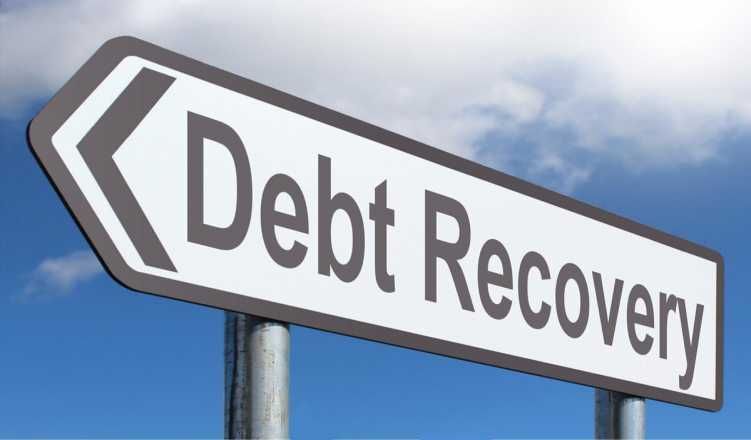
Debt Recovery- The Legal Framework
Debt collection has been an industry with a long history attached to it. The earliest instances one might recognize will be the barter system and feudalism that were the major contributors to this. Right from the ancient civilizations like Babylon till the Great Depression in the USA, many small and large institutions have depended upon foreclosure for the collection of outstanding debt.
Although the industry doesn’t really hold a positive perspective in history, the new industry has changed quite a bit! It has become more organized and humane in nature. There are strict laws in place that govern all aspects of it! Let us have a quick look at some of these important legal means in India through which these recoveries are done!
Initially, in 1993, Debt Recovery Tribunals were set-up in India under RDDBF to reduce the burden on the courts for debt recovery and provide for specialized assistance in adjudication and recover debts due to banks and financial institutions. However, as time passed, even these tribunals became overburdened due to various factors. To speed up this process the SARFAESI was enacted in 2002 enabling banks and institutions to take the possession of the collateral security in case of a default. The basic difference between RDDBFI and SARFAESI Act is that it provides for frameworks of special forums and reliefs and remedies which banks can undertake
When you borrow from a bank, as a borrower you get classified into 4 types of borrowers.
1) Willing and able
2) Unwilling but able
3) Willing but unable
4) Unwilling and unable.
From the second category onwards, these are termed as Non-performing Assets(NPA). Identifying the type of borrower gives the bank a chance to settle the matter internally. If it doesn’t work out, the next step is making a formal application to DRT for debt recovery.
This tribunal has a chairperson appointed by the Central Government and can decide upon appeals on the basis of applications from banks and financial institutions for recovery of debts. Now you must keep in mind that you make an application to DRT and do not file a suit. Section 19 of the RDDBFI Act deals with jurisdiction, so as a bank you can file an application in the DRT where the defaulter resides or ordinarily carries business. Once this application is filed, it triggers the issuance of Summons to the defendant demanding Show-cause within 30 days.
Once the certificate is sent by the presiding officer at DRT, the recovery officer has to recover the amount specified, and he can do so by attaching, selling or appointing a receiver for the management of the defendant’s property. An appeal against DRT can be made to DRAT within 45 days
Under section 13(2) of the SARFAESI Act, a secured creditor can issue a notice to the borrower after the asset has been classified as NPA by him. This particular notice must contain the exact amount to be paid in full within 60 days. The section requires that such a borrower is liable under a security agreement. If the borrower fails to clear his liabilities, the Act gives authority to the secured creditor under section 13(4) to recover the amount by taking possession of the securities, by appointing a receiver or by asking such a person to pay the secured creditor who currently has acquired assets from the borrower.
Although by now you may have a fair idea about how the legal side of debt collection works, there are a lot of minute details that are better left to be dealt with by the experts! ARRMS is the most integrated solution for recovery and management services!
